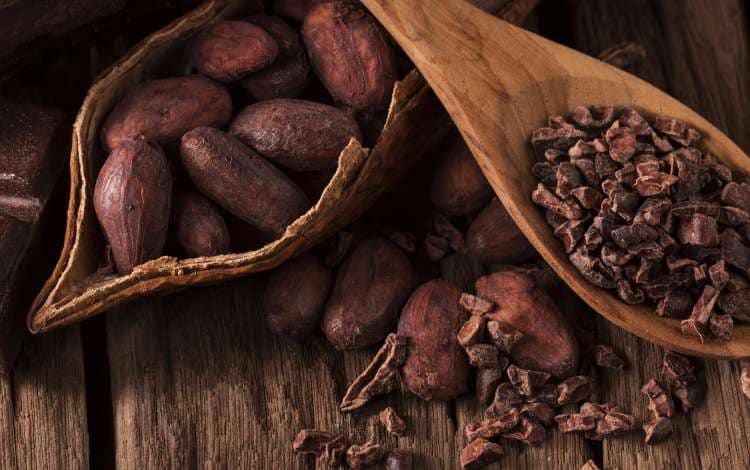Farewell Alaska


Chocolate has been around for over two thousand years, and has been a celebrated treat since it's birth. Read on to discover its journey from bean to bar.
The earliest evidence of chocolate was found in Central America, when residues of fermented cacao were found on ceramic fragments, dating as far back as 1900-900 BC. Mayan writings describe a chocolate drink, used to maintain a connection with the gods. The drink was made from cacao paste mixed with water, cornmeal and chili peppers. It was also foamy: much like our hot chocolate today.

It was the Spanish who brought cacao to Europe, and added sweetness to it. After this, chocolate's popularity exploded. The Industrial Revolution saw new processes for making chocolate, and milk chocolate was invented in 1875 using powdered milk from Henri Nestlé. Over the next century chocolate production continued to evolve, and chocolate became a popular sweet treat all around the globe.
The cacao tree produces pods of 30-40 beans, which are fermented, dried, cleaned, roasted and graded. The nibs - the part of the bean with the concentrated, famous flavor - are extracted, ground and liquefied, and then separated into cocoa solids and cocoa butter,. This can be recombined in different ratios to create white, milk, or dark varieties.
.jpg.image.1480.832.low.jpg)
West Africa grows around two-thirds of the world's cocoa, with around 43% coming from the Ivory Coast. Central America and the Caribbean isles also produce large quantities of cacao every year, to be enjoyed the world over.
Belgium is perhaps the most famous chocolate-producing country in Europe, along with Switzerland. Their practices date back to the 17th-century, and their signature products include truffles and pralines.
Discover more with Cunard

Discover our 2026 cruises
View voyages
of
Unlock instant access to limited time cruise deals, special offers, insider tips and more.